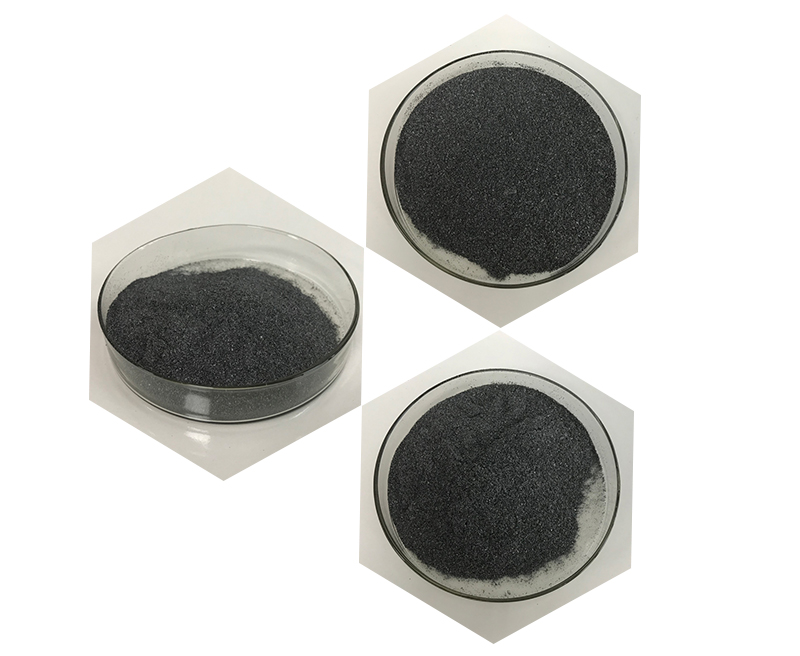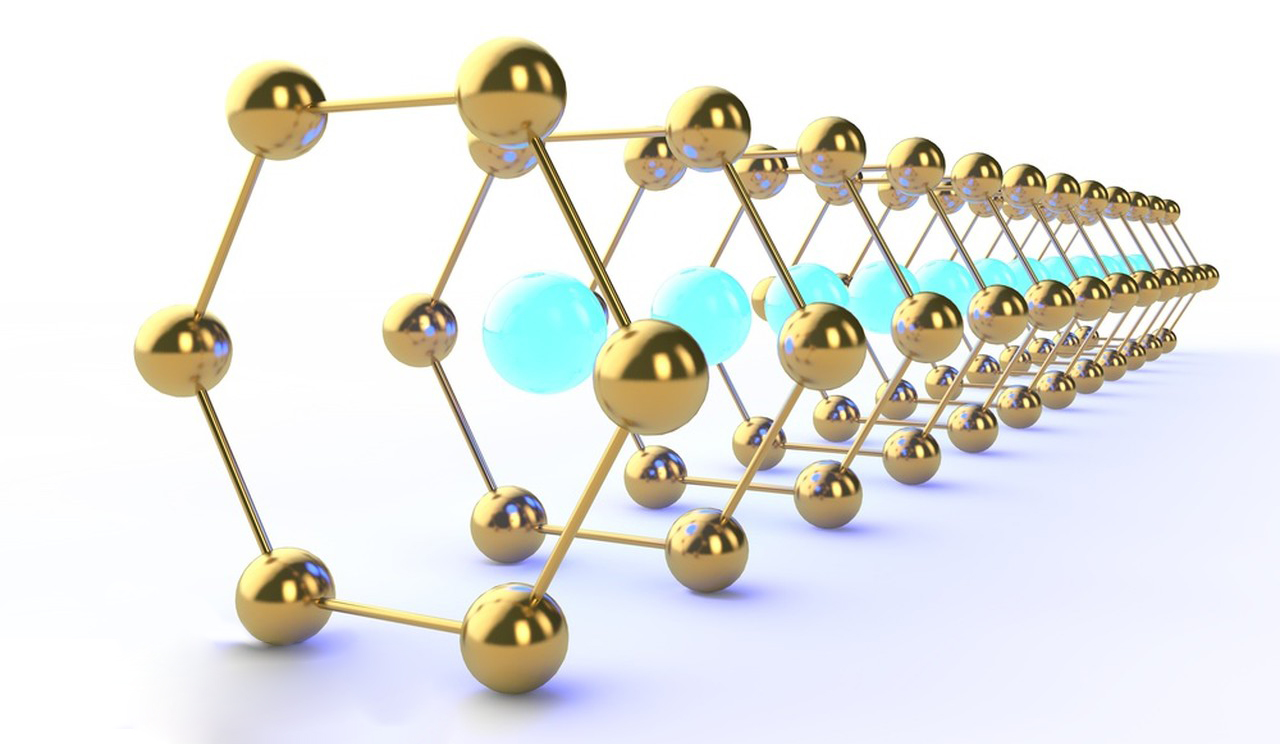Graphene is a single layer of carbon atoms arranged in a hexagonal lattice. It is a two-dimensional material with remarkable electrical, thermal, and mechanical properties. The basic components of graphene include:
1.Carbon Atoms: Graphene is composed entirely of carbon atoms. Each carbon atom forms sp2 hybridized bonds with three neighboring carbon atoms, creating a hexagonal lattice structure.
2.Hexagonal Lattice: The carbon atoms in graphene are arranged in a hexagonal pattern, resembling a honeycomb. This arrangement is responsible for many of graphene’s unique properties.
3.Single Layer: Graphene is typically a single layer of carbon atoms. It can also be stacked to form graphite, but the individual layers are referred to as graphene.
4.Two-Dimensional Structure: Graphene is a two-dimensional material, meaning it has a very thin and flat structure. It is often considered the first two-dimensional material ever discovered.
5.Conductivity: Graphene exhibits excellent electrical conductivity due to the delocalized π-electrons in its hexagonal lattice. This property makes it a promising material for various electronic applications.
6.Mechanical Strength: Despite its thinness, graphene is incredibly strong. It has a tensile strength much higher than steel, making it one of the strongest materials known.
7.Transparency: Graphene is transparent to visible light, allowing it to be used in applications like transparent conductive films for electronic devices.

8.Flexibility: Graphene is flexible and can be bent or stretched without losing its structural integrity. This flexibility is advantageous in various applications.
9.Thermal Conductivity: Graphene also has high thermal conductivity, making it suitable for applications in heat management and thermal interface materials.
10.Chemical Stability: Graphene is chemically stable and resistant to many corrosive substances. This stability contributes to its durability in various environments.
These fundamental components and properties make graphene a versatile material with potential applications in electronics, energy storage, sensors, and many other fields.
Chemical structure and physical properties of Graphene
Graphene is a single layer of carbon atoms arranged in a hexagonal lattice, forming a two-dimensional structure. It is a basic building block of other carbon allotropes, such as graphite, carbon nanotubes, and fullerenes. Here are some key aspects of the chemical structure and physical properties of graphene:
Chemical Structure of Graphene:
1.Carbon Atoms: Graphene consists of a single layer of carbon atoms arranged in a hexagonal lattice.
2.Bonding: Carbon atoms in graphene are bonded together through sp2 hybridization, forming strong sigma bonds and delocalized pi bonds.
3.Hexagonal lattice: The hexagonal arrangement of carbon atoms creates a honeycomb structure, with each carbon atom bonded to three others.
Physical Properties of Graphene:
1.Electrical Conductivity: Graphene is an excellent conductor of electricity due to its delocalized pi electrons and high electron mobility.
2.Thermal Conductivity: It also exhibits high thermal conductivity, making it an efficient heat conductor.
3.Mechanical Strength: Graphene is incredibly strong and lightweight. It has a tensile strength of about 130 gigapascals, making it one of the strongest materials known.

4.Transparency: Despite being a single layer of atoms, graphene is transparent, allowing for the passage of visible light.
5.Flexibility: Graphene is flexible and can be bent without breaking, making it suitable for various applications.
6.Impermeability: It is impermeable to gases, including hydrogen, and can act as a barrier material.
7.Density: Graphene has a low density, contributing to its lightweight properties.
8.Surface Area: The large surface area of graphene makes it attractive for applications like sensors and catalysis.
Graphene’s unique combination of properties has led to extensive research and potential applications in various fields, including electronics, materials science, energy storage, and biomedical applications.
